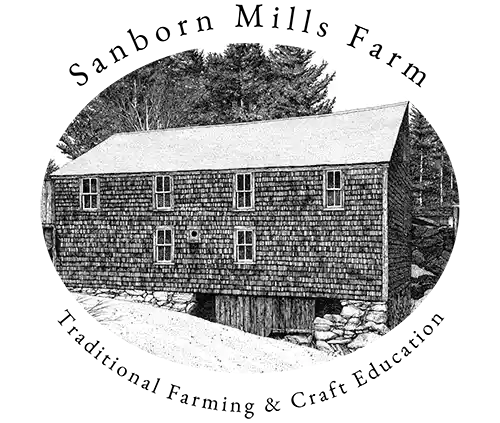
Carol Anne Grotrian
For over thirty-five years, Carol Anne Grotrian has combined American quilting traditions and Japanese shibori dyeing, an ancient form of tie-dye. Her delight in opening out a dyed piece of shibori has not diminished over the years and the lure of experimenting with shibori and learning its many traditions has been one of her life long pursuits.
By 1989, shibori’s organic patterns helped Carol Anne find her voice in landscape quilts. The subtext of her landscapes is always ecological, but her subject is usually a quiet sense of place, the “breathing spaces” she has experienced. Landscape gives her more ideas for shibori quilts than she has time to make them.
For over thirty-five years, Carol Anne Grotrian has combined American quilting traditions and Japanese shibori dyeing, an ancient form of tie-dye. Her delight in opening out a dyed piece of shibori has not diminished over the years and the lure of experimenting with shibori and learning its many traditions has been one of her life long pursuits.
By 1989, shibori’s organic patterns helped Carol Anne find her voice in landscape quilts. The subtext of her landscapes is always ecological, but her subject is usually a quiet sense of place, the “breathing spaces” she has experienced. Landscape gives her more ideas for shibori quilts than she has time to make them.
Carol Anne’s quilts begin with cotton fabric and are colored with fiber reactive dyes or indigo. Early on, Carol Anne discovered indigo’s special relationship with shibori—how a measured quiet handling of the vat prolongs its life. Like hand stitching, it helps her center herself in an almost meditative way.
Though some of her quilts are whole cloth shibori, Carol Anne usually relies on a raw edge appliqué approach that is inspired by Japanese boro. Boro is a tradition of mending with energetic hand stitching. Carol Anne’s technique involves layering and quilting fabrics directly to batting and backing by hand, without basting and rarely using fusible webbing.
Carol Anne’s sense of place emerged in the northeastern part of the U.S., where she has lived since 1979. Her quilts are in corporate, private and museum collections. They have been exhibited nationally and internationally and have appeared in many publications
Carol Anne has taught quilting and surface design techniques for decades. Her studio is in her home in Cambridge, MA.
